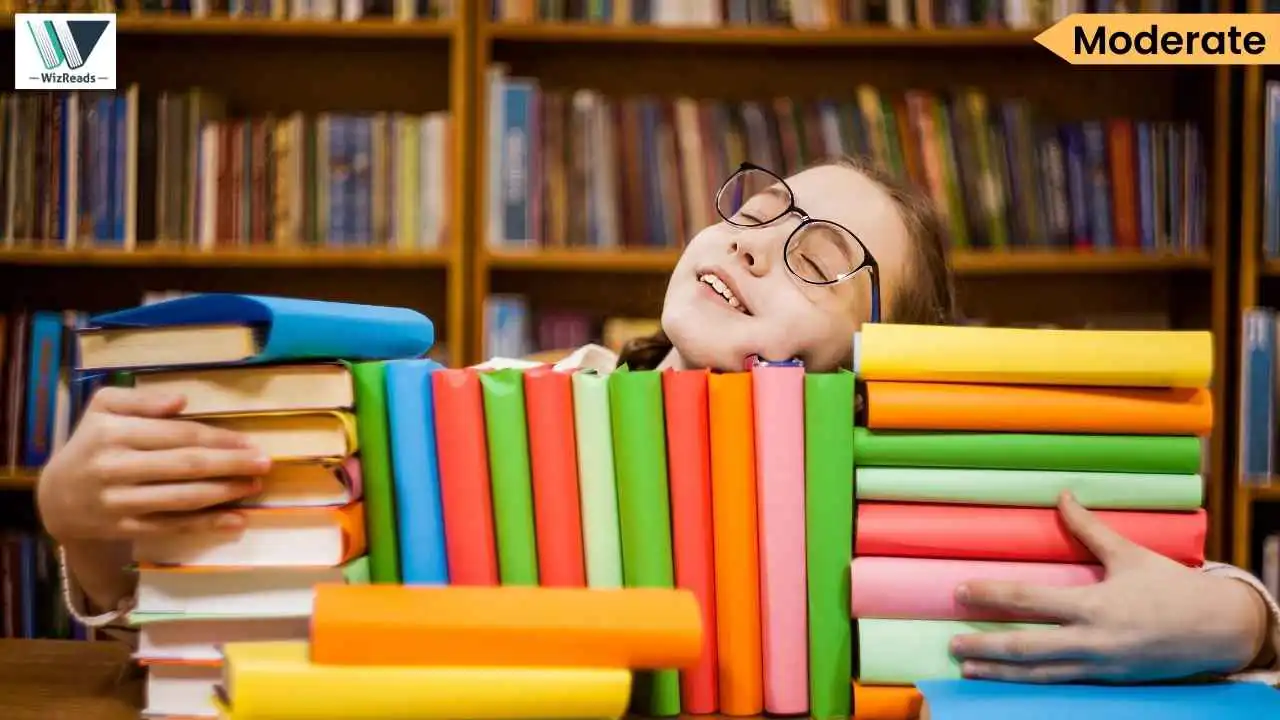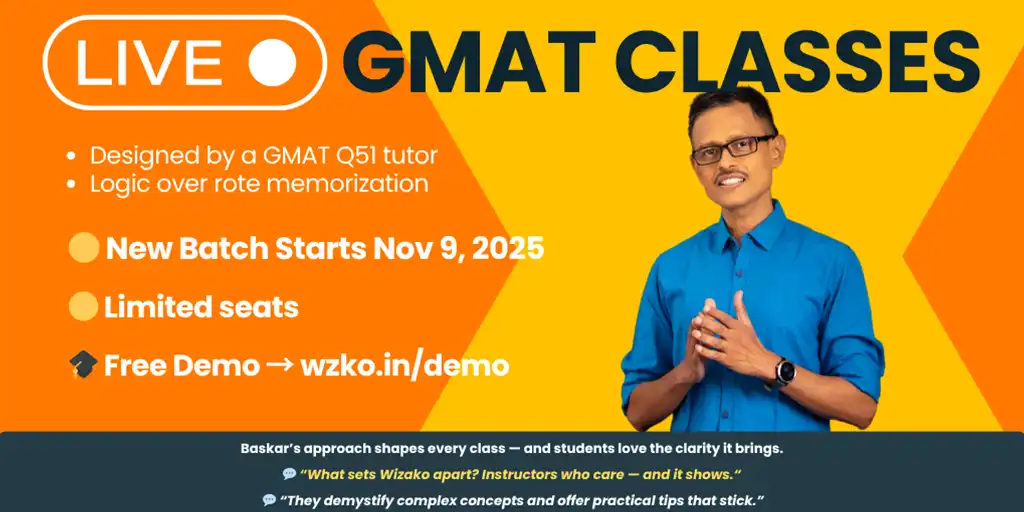
Newsletter Subscribe
Enter your email address below and subscribe to our newsletter

Enter your email address below and subscribe to our newsletter

Can the humble act of reading reshape your worldview? What criteria should guide your selection of books when faced with an endless ocean of literature? These medium-difficulty passages delve into competing theories about literary value and the hierarchical functions of reading, requiring careful analysis of how we determine which texts deserve our finite attention in an age of information abundance.
Read these moderate difficulty RC passage(s) in Social Sciences and answer the question(s) that follows. You can choose the GMAT style Reading Passage and the question or the GRE RC variant and answer the GRE-style question. Even better, you could solve both.
The proliferation of literary works presents a formidable challenge to those who aspire to cultivate a life centered around meaningful reading. This dilemma was acknowledged centuries ago by Ecclesiastes, who observed that “of the making of many books there is no end; and much study is a weariness of the flesh.” Contemporary readers face an even more overwhelming situation, with millions of published volumes spanning diverse genres, periods, and traditions. The fundamental problem lies not merely in the quantity of available literature but in determining which works merit one’s finite attention. As no individual can realistically consume even a fraction of existing publications, the pursuit of being “well-read” becomes inherently unattainable in its most comprehensive sense.
Various solutions have emerged to address this literary selection problem, though each carries significant limitations. Curated lists of “essential reading” have historically served as navigational tools, exemplified by Thomas Jefferson’s compilation of 148 indispensable volumes for his brother-in-law. Modern publications regularly produce similar catalogs of literary merit, such as newspaper rankings of influential nonfiction works. However, these collections inevitably reflect subjective judgments and cultural biases, often privileging established canons while excluding worthy alternatives. More systematic approaches include structured reading plans, which propose organized frameworks for literary consumption. Yet such prescriptive programs risk prioritizing breadth over depth and conformity over personal discovery. The most sustainable solution may involve developing individualized criteria for literary value, whereby readers cultivate personal frameworks for evaluating which works deserve their attention based on intellectual, aesthetic, and transformative potential.
By quoting Ecclesiastes in the first paragraph, the author seeks to
The quote from Ecclesiastes serves to establish historical precedent for the central problem discussed in the passage. By including this ancient observation about book abundance, the author demonstrates that the challenge of literary overwhelm is not merely a contemporary issue but one that has existed for centuries.
Correct Answer: Choice (B)

Contemporary literary theorists propose that reading serves distinct functions beyond mere entertainment, categorizing literary utility into four hierarchical tiers. At the foundational level, reading functions as an information acquisition mechanism, where texts transmit factual knowledge and procedural understanding. The second tier encompasses cognitive development, wherein engagement with complex narratives enhances neural pathways associated with empathy and abstract reasoning. Research indicates that consistent literary consumption correlates with measurable improvements in perspective-taking abilities and emotional intelligence. The third tier involves cultural assimilation, as literature conveys societal values and norms through both explicit and implicit messaging.
At the apex of this theoretical framework sits transformative experience, where literature catalyzes profound personal metamorphosis through what philosopher Martha Nussbaum terms “imaginative expansion.” This pinnacle function remains the most elusive to empirical verification, relying primarily on autobiographical accounts and phenomenological studies rather than quantitative assessment. Critics of this hierarchical model contend that it presupposes Western literary traditions and potentially undervalues texts that excel at lower-tier functions while failing to inspire transformative experiences. Nevertheless, the theory offers a compelling framework for examining why certain works endure while others fade into obscurity.
The primary purpose of the passage is to:
The passage primarily presents a theoretical framework that categorizes reading’s benefits into four hierarchical tiers, while also evaluating this framework by acknowledging criticisms. The passage introduces the theory, explains each tier with supporting details, and then addresses potential weaknesses of the model.
The correct answer is Choice (A) and (C)